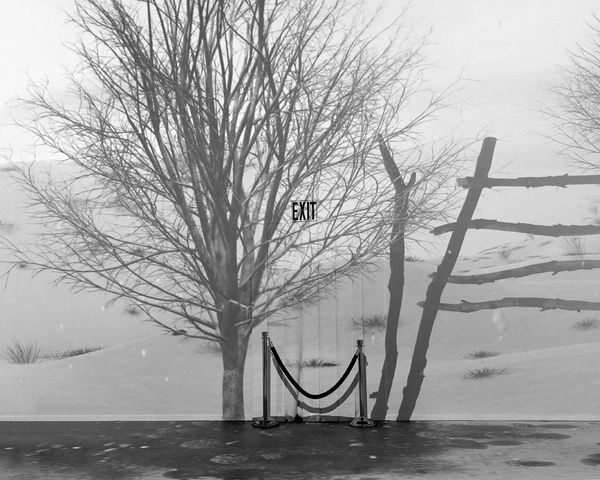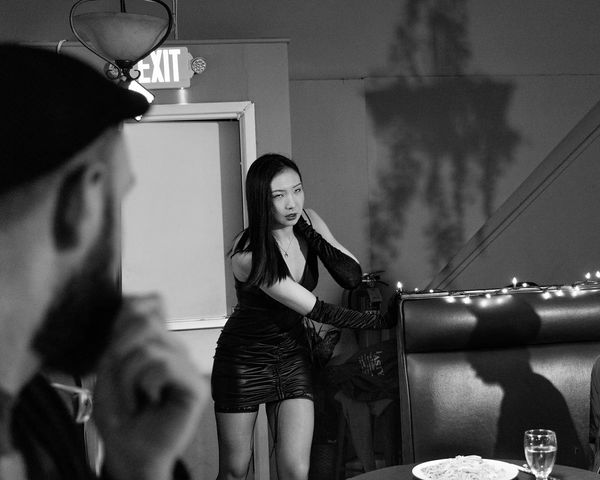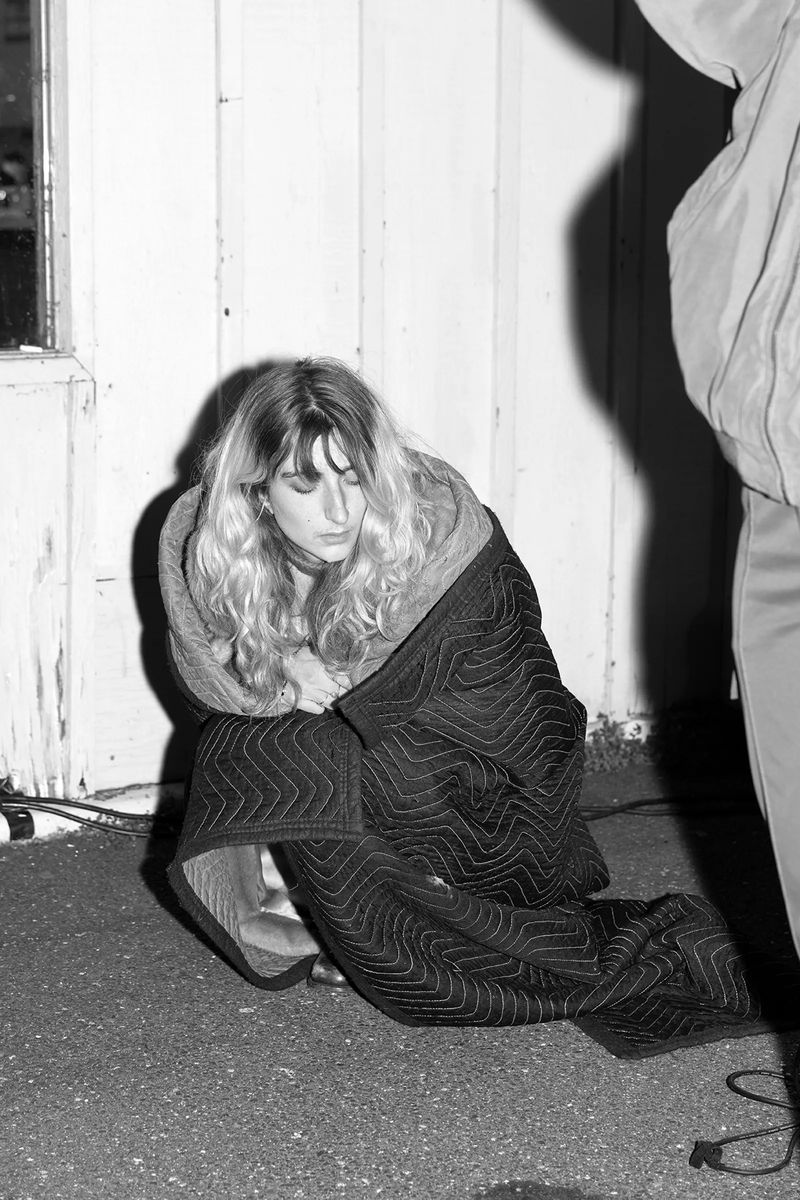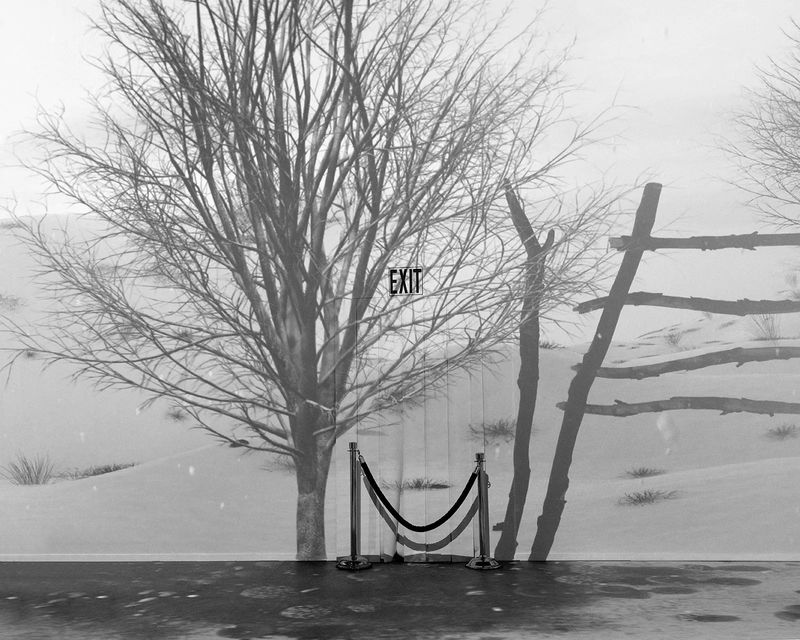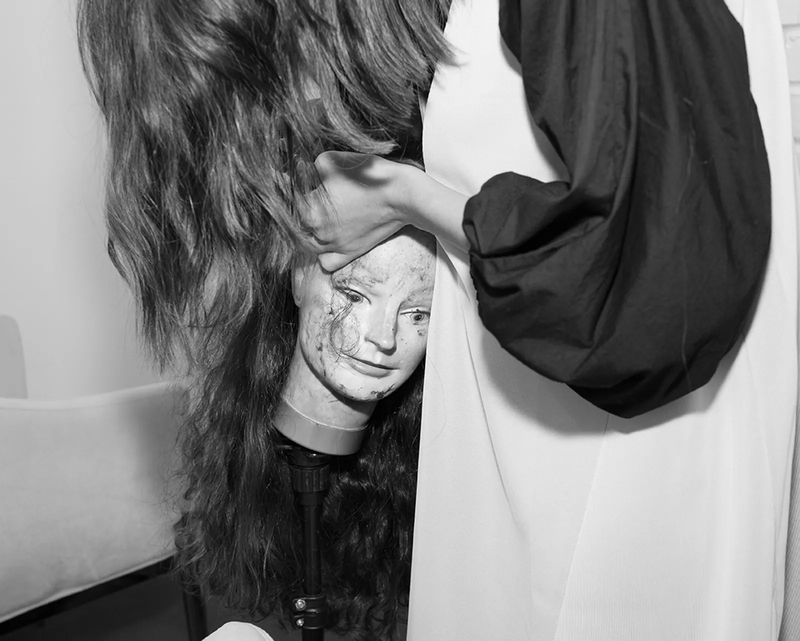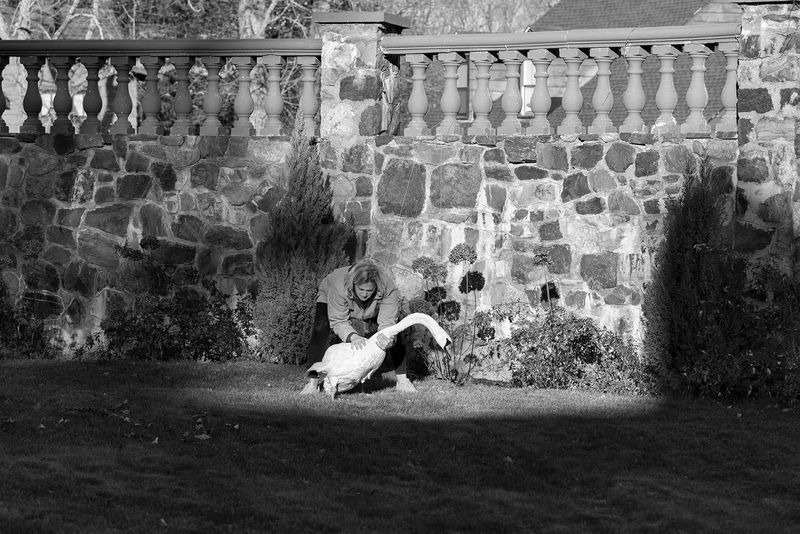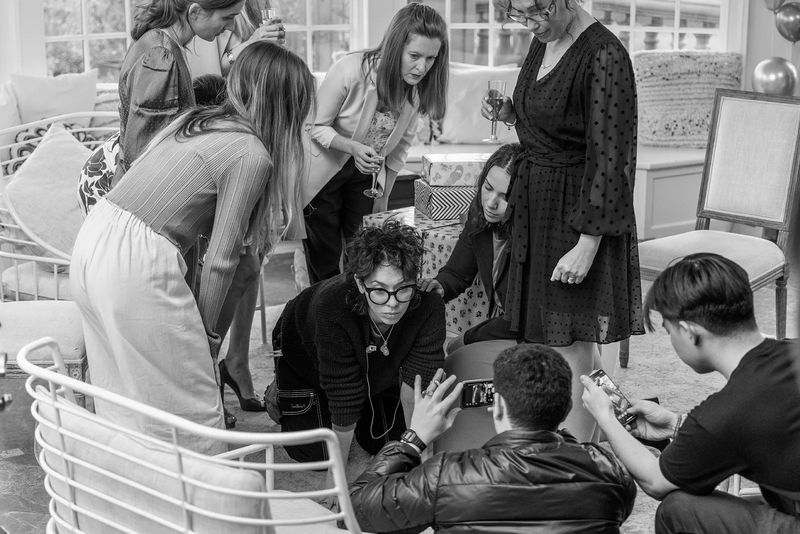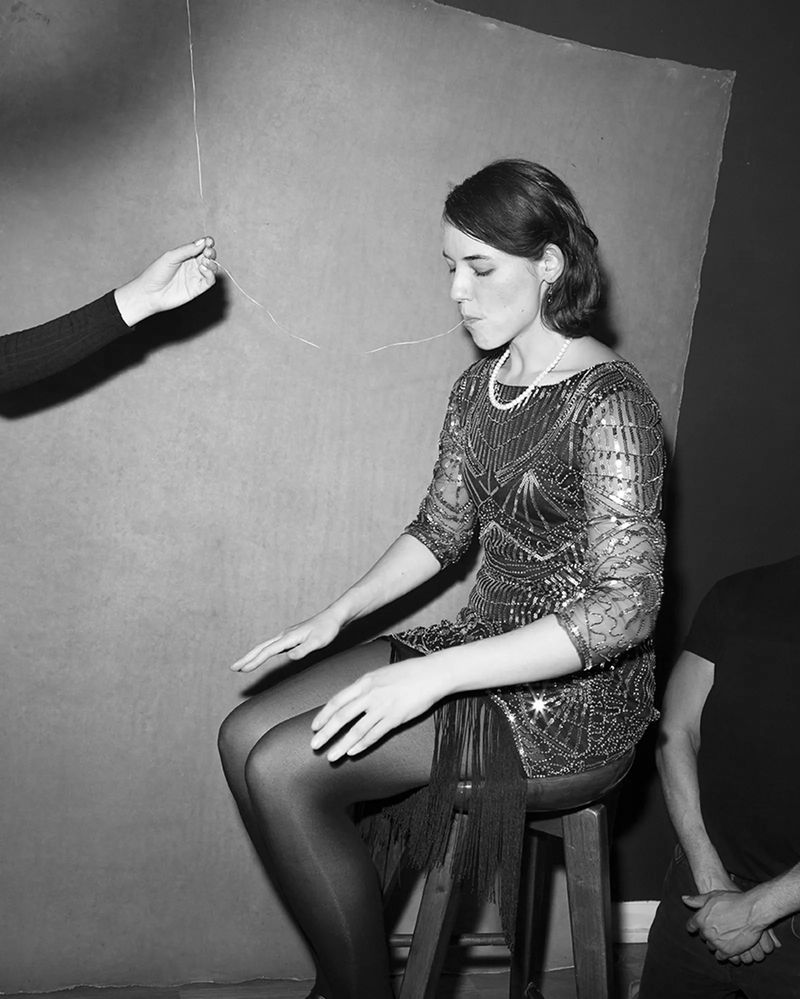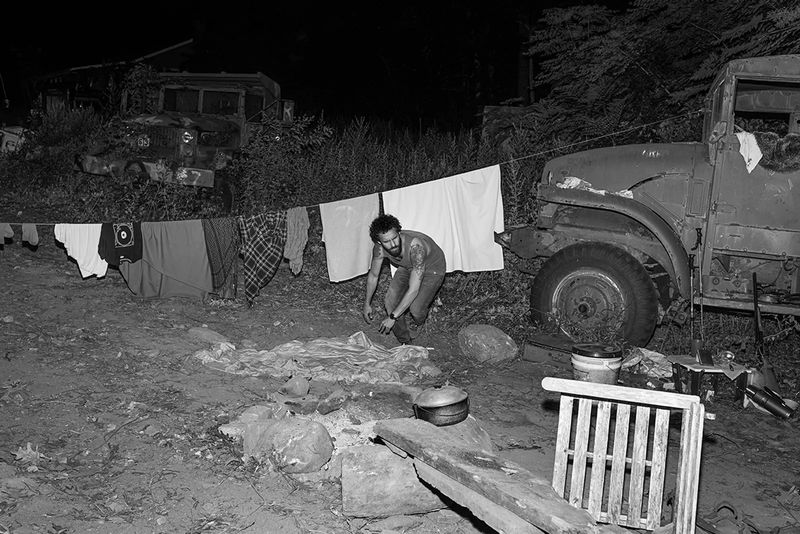Shelli Weiler On The Obsessions And Distortions Of Horror Film Sets
-
Published4 Jul 2024
-
Author
- Topics Awards, Contemporary Issues
Through her compelling narrative, Weiler's dual role on film sets unveils both the beauty and harshness of fictional storytelling, while also reflecting on her personal journey with a constrained body.
Shelli Weiler had been making her mark as a makeup artist on film sets while also capturing the essence of the action and the actors behind the scene through her photography. Her passion for this career ignited in high school, where she realized she preferred the creative world of makeup artistry over the traditional college path.
During her studies, she formed strong bonds with aspiring filmmakers who frequently sought her expertise, especially for horror films laden with special effects. As her network progressed in their careers, Weiler found her work increasingly in demand, securing roles on commercial and professional film projects.
Working on film sets gave her an unique vantage point into the dynamics of storytelling unfolding on set, where she noticed a recurring theme: an often exhibited violence against female characters, frequently portrayed as prostitutes or love interests. Weiler’s job typically involved making these women look made up and attractive, only to then simulate wounds on them.
This constant contrasting cycle of beautifying and assault captivated Weiler. Her observations led to a deeper conversation around these themes, aiming to create a political project examining the obsession with repeatedly depicting women as victims and dying. Weiler also noticed how mostly male filmmakers direct women and their bodies, a dynamic that stuck with her.
Beyond the problematic gender gap it highlighted, on a metaphorical level, it also spoke to something more personal.
Growing up as a caretaker for her quadriplegic mother, who often directed her on how to move her body, she became fascinated by this “puppeteering of bodies.” “I'm thinking about agency, freedom, the kind of decay of bodies, this glamor,” Weiler says.
Many of her photographs also feature people who aren't acting in the film but are the crew members on the periphery, those handling lighting or prompts, yet they appear as stars. “In the beginning, I would be side by side to the film camera, photographing what they're doing. But I found that the edges of the set are really the most interesting place. That's where all the labor is,” she says. This new perspective aims at raising new questions of authorship and reality in filmmaking—what is actually happening versus what is being simulated.
Even the title Techniques of the Liar — borrowed from an art history class focusing on choreography in films and photographs — resonated deeply with Weiler's fascination with composition and her ongoing exploration of reality.
She believes photography directly engages with the concept of narrative storytelling and deception, similar to filmmaking's technique of portraying fiction as reality. Photography's inherent connection to reality raises questions about truth and belief in images, especially in today's era flooded with artificial visuals. “Photography always engages with reality, and therefore, true pictures are always about the question of belief and the idea is this actually happening and is this real?,” she says. “That question's even more present now when we're inundated with artificial images that are not even generated by people.” She considers photography's accountability in presenting narratives truthfully, acknowledging her role in potentially distorting the context of film sets through her images, noting how isolating a slice of reality from its original context can create fictional interpretations.
This also leads Weiler to reflect on the concept of control in filmmaking, emphasizing how the camera dictates much of what happens on set and how actors adjust their performances for the camera's gaze, once again reconnecting her with the unnatural movements that her mother’s disease imposed on her.
Witnessing her mother's gradual decline into quadriplegia during her upbringing, has deeply sensitized Weiler to gestures and movements. She captures awkward and unnatural gestures in her photography, seeking endurance and perseverance in the figures she observes. Her images often depict individuals frozen in a pose, caught between stability and a sense of falling, embodying a blend of fragile monumentality and human vulnerability that never ceases to remain and be a part of us.
--------------
All photos © Shelli Weiler, from the series Techniques of the Liar
--------------
Shelli Weiler is a film set behind-the-scenes photographer and special effects make-up artist. She uses photography to look at the management of women's bodies on set, and the simulation of violence. She's interested in rote gesture and formula, but alert to chance and the contingencies of life.Find her work on PhMuseum.
Lucia De Stefani is a writer and editor focusing on photography, illustration, and everything teens. She lives between New York and Italy. Find her on Instagram and Twitter.

